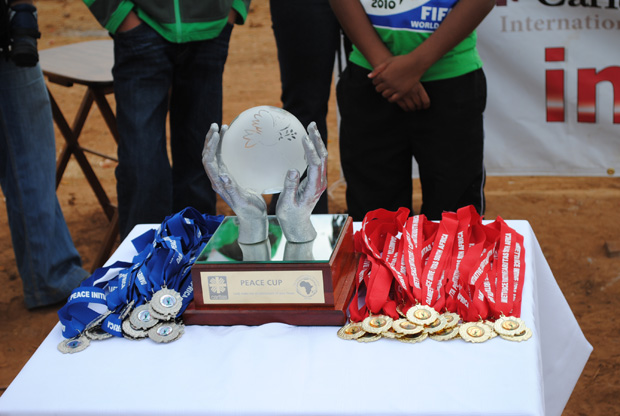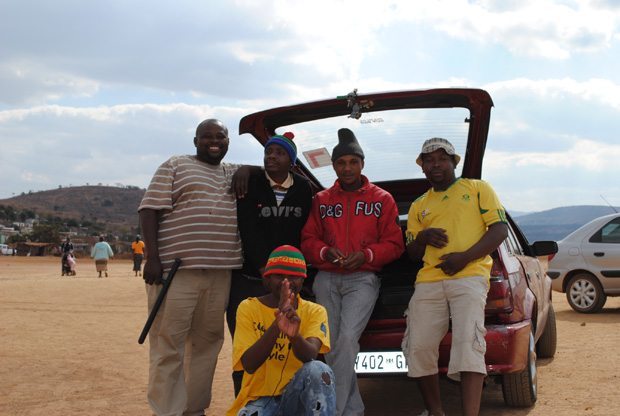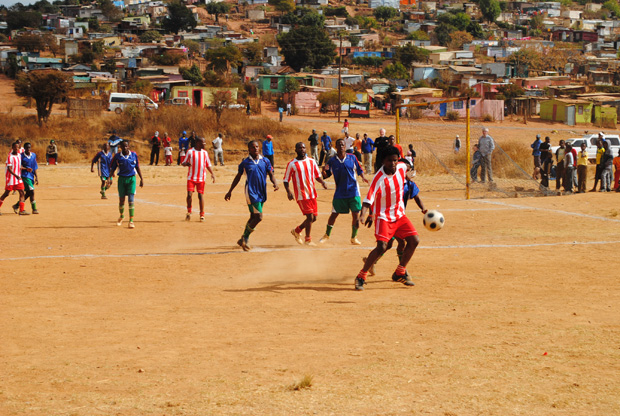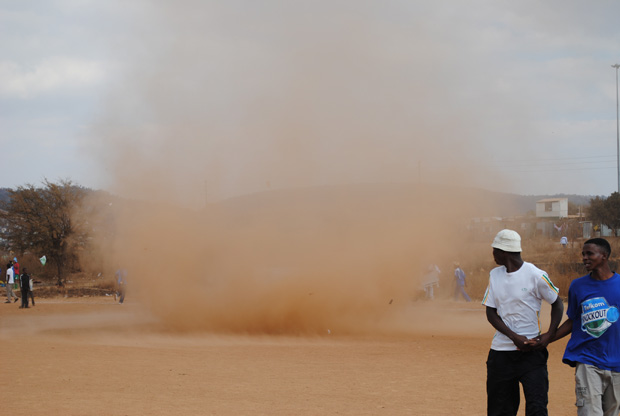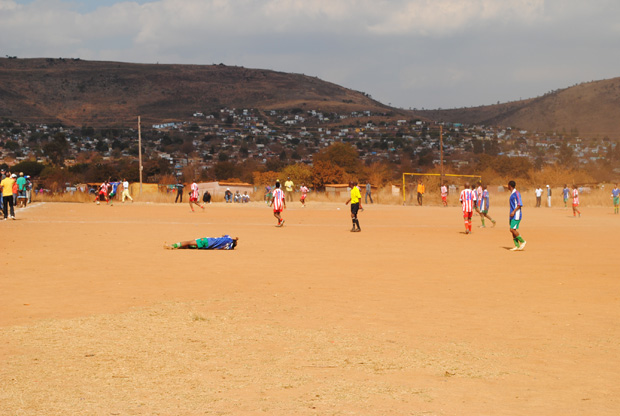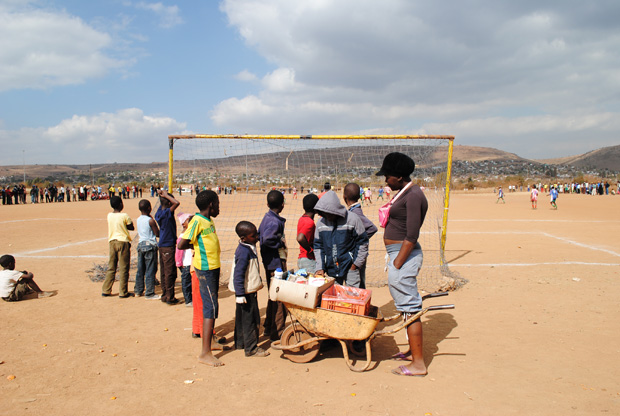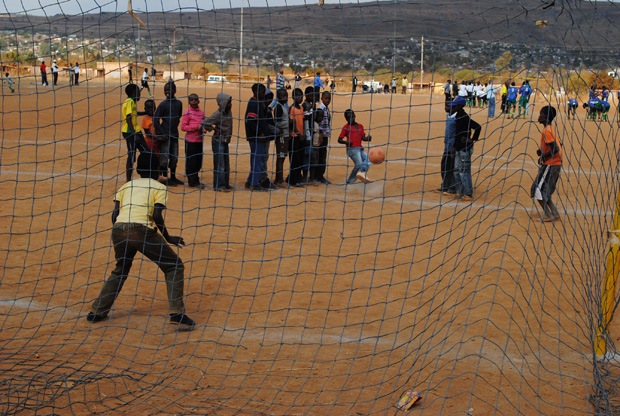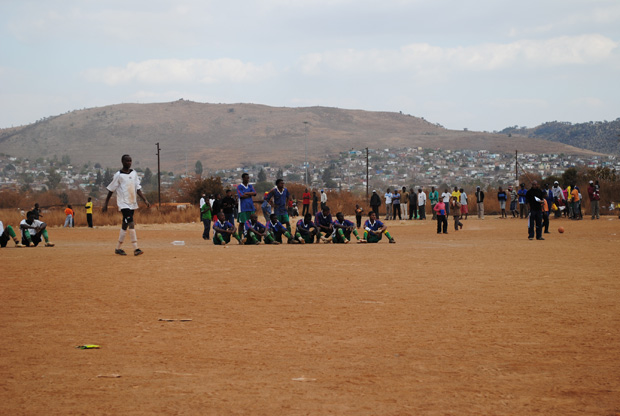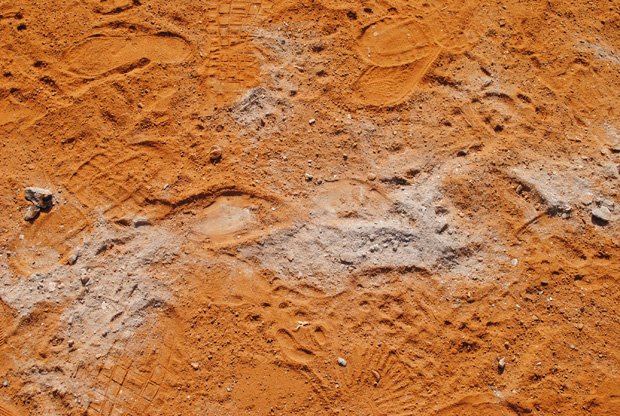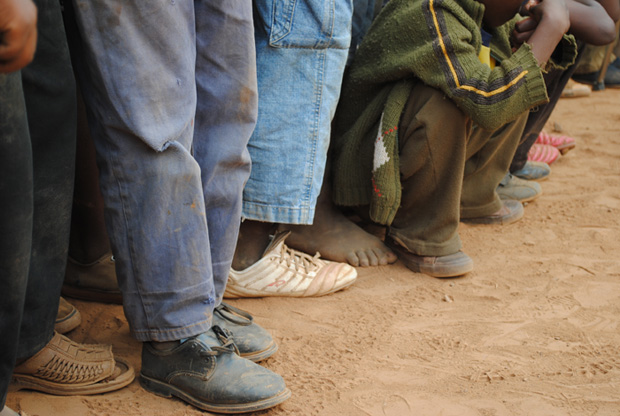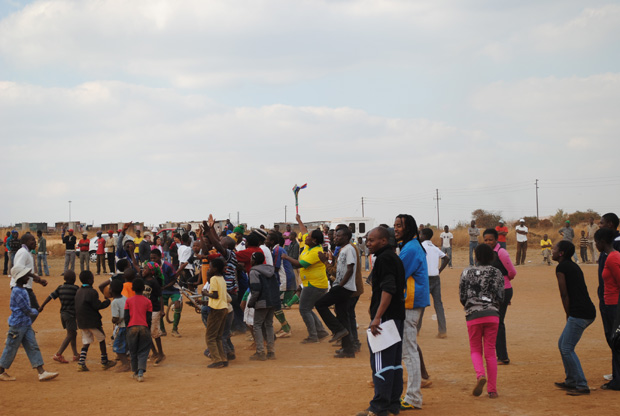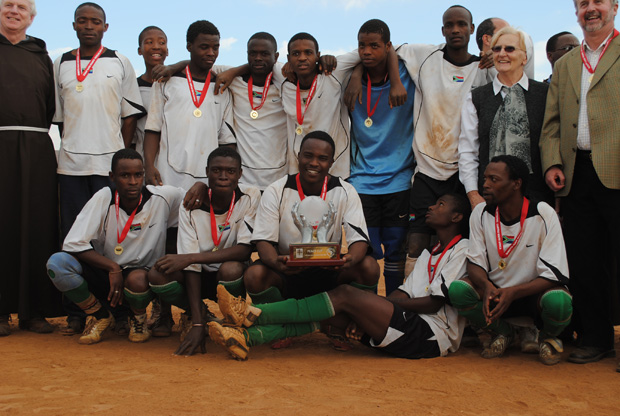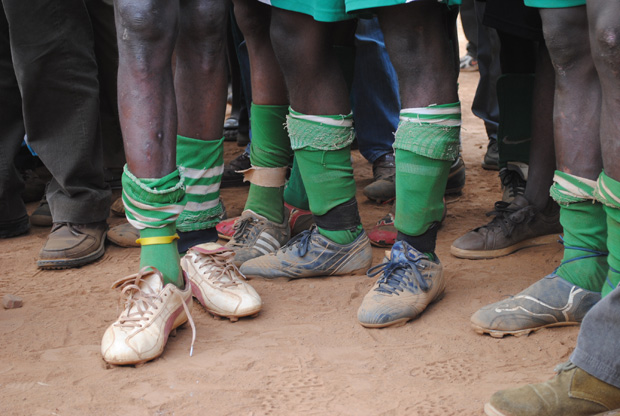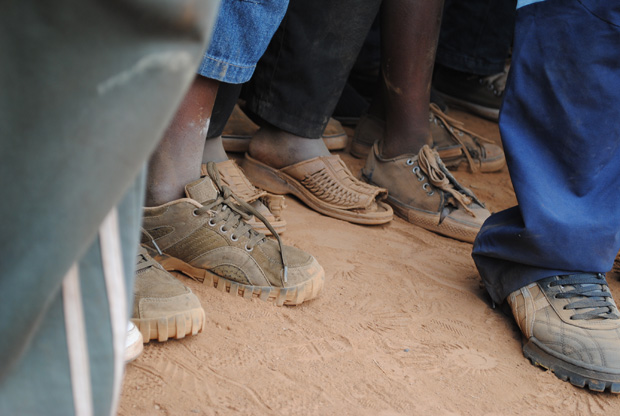South Africa 2010
For the first time in history, the FIFA World Cup was hosted on the continent of Africa, in South Africa. There was much to celebrate about – or was there?
The country embarked on the mammoth task of upgrading and developing its infrastructure in order to ensure that the event would be a success. And it was – endorsed even by FIFA’s restrictive regulations. The cost, however was demanding – overhauling the county’s infrastructure developing new and improved motorways and rail services, dramatically re-developing airports, building 5 new stadiums and upgrading others throughout the country – 10 in total!
Yet, behind the banners, advertising and vuvuzela’s the country was forced to make many concessions. All government schools closed for the month, leaving many parents wondering what to do with their children during the long unprecedented winter break. This brought the reality of the potential for ‘child trafficking,’ which was flagged by the President of South Africa Jacob Zuma, who launched the Children’s Act just before the World Cup, officially making trafficking of minors a crime.
Cities were ‘cleared’ for the events around the stadia. For many street sellers this meant their livelihoods:
A bylaw passed by the city of Cape Town restricts informal traders or street vendors from working in the city center. A communiqué from Cape Town’s mayor, Dan Plato, on 17 February described his view of the effect of a large population of informal traders: ‘The current trading area has ballooned out of control, congesting and obstructing walkways and lanes. So the Municipal Council has restricted trading in the city center as part of other infrastructure developments in preparation for the world cup. The creation of public market squares, along with the upgrade and renovation of walkways will transform the Town Centre into a world-class facility. This will ensure that Mitchells Plain is regarded as a bustling economic centre that is safe, secure and financially viable,’ Plato’s communiqué added, but without presenting alternative economic activities for informal traders.
In Durban, the brand new Moses Mabhida stadium (named after an anti-apartheid activist and hero of the black working class) is an impressive tourist attraction. However, some South Africans have a different opinion “they should have called this stadium PW Botha – an oppressor – not Moses Mabhida, our father. It just makes a mockery of what he represented,” says Johannes Mzimela, who sells ice-cream for a living in the vicinity of the stadium. Due to the strict FIFA regulations imposed on the country only FIFA commercial partners can trade or promote their products within in close vicinity to all World Cup sites. As a result, street vendors have experienced “hostile raids” by the police found operating near the stadium or any of the sites earmarked for the World Cup. Another street vendor agrees, “The police chase us away from the stadium like we are criminals,” says Mr Ngubane, who sells cold drinks and crisps. “If this is the wrong way of living, then they must show us the right way because when I look for a job I can’t get one and when I sell in the streets my trolley gets confiscated.” Mr. Ngubane is from Pietermaritzburg and works in Durban, about 43 miles away, travelling home once a week to visit his family. He supports 13 children from his street vending.
A study completed in 2006 by the University of Stellenbosch’s Department of Economics revealed that 47.1% of the population of South Africa did not have US$50 for monthly essential food and non-food items. While the World Cup was a great success in the eyes of the International media, it did not deliver on the expectations of the poor of South Africa.
The Atteridgeville World ‘Peace’ Cup.
Just west of Pretoria, the nations administrative capital lays the township of Atteridgeville. The township is now a multi-cultural community of up to 250,000 people and has in recent times experienced a wave of xenophobic attacks which began in 2008.
In conjunction with FIFA World Cup 2010, a ‘Peace Cup’ tournament was hosted in Atteridgeville by the Catholic Church. There were a total of 26 teams featuring players from 16 different African countries, and a team from France. The aim of the tournament was to bring together football fans from different social classes, different ethnicities, and national origins as well as fans from all over the world to the local community. The tournament was not played in any of the multi-billion dollar stadia across the country, but in a locally designed football pitch in the open veldt of the township of Atteridgeville. The tournament began on the 28th May.
The idea behind the Peace Cup tournament was to focus on football to advance the goal of peace within the community. Sport is widely recognised as a means of promoting peace and promoting social integration in different geographical, cultural and political contexts. Sport is also viewed as a powerful tool to strengthen social ties and networks, and to promote ideals of peace, fraternity, solidarity, non- violence, tolerance and justice. Sport, and in particular football, has been used in post conflict situations to bring people together.
Many of the residents of Atteridgeville participated in the tournament. For some residents, this was the only opportunity to engage with the World Cup, as one local community in the Brazzaville area of Atteridgeville remarked “we have no electricity so we can’t watch the World Cup and we don’t have money to go to town and watch on the big screen.”

